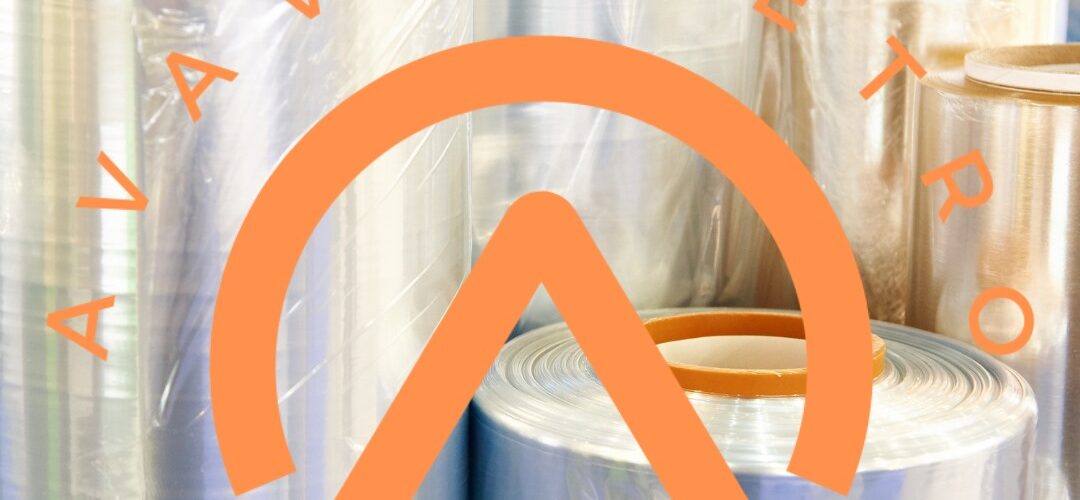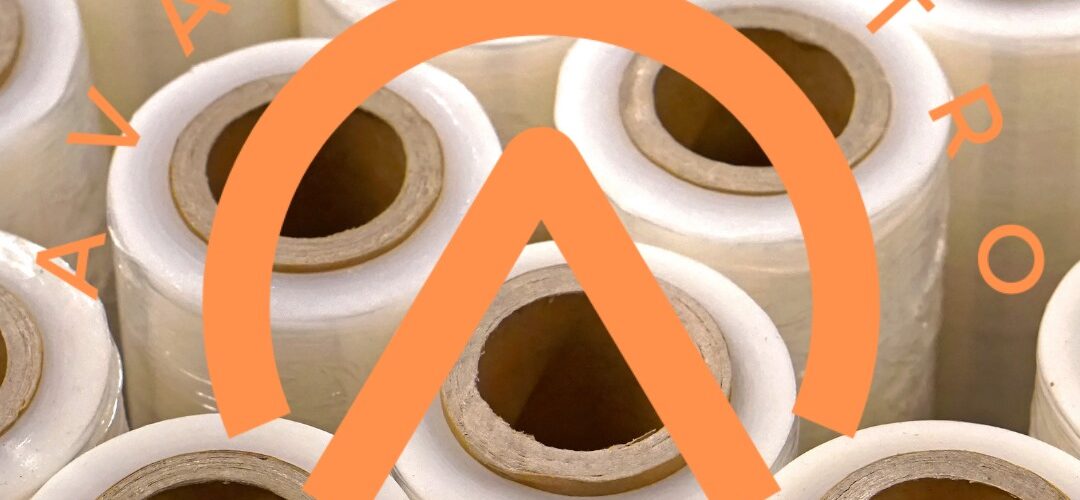Revolutionizing Automotive Plastic Recycling: Advanced Identification and Separation Methods
In the ever-evolving landscape of environmental sustainability, the recycling of automotive plastics stands as a paramount challenge and opportunity. As the automotive industry continues to embrace eco-friendly practices, the demand for efficient and effective recycling methods grows exponentially. In response to this demand, innovative technologies have emerged to streamline the identification and separation process of automotive plastics, paving the way for a greener future.
Understanding the Importance of Automotive Plastic Recycling
The automotive sector is a significant contributor to global plastic consumption, with various components of vehicles being composed of diverse plastic materials. From bumpers to interior panels, plastics play a vital role in modern automotive design, offering lightweight and durable solutions. However, the widespread use of plastics in automobiles presents a formidable challenge when it comes to end-of-life disposal.
Environmental Impact and Sustainability Goals
The environmental impact of automotive plastic waste cannot be overstated. Improper disposal or incineration of these materials can result in harmful emissions and contribute to pollution. Moreover, the finite nature of fossil fuel-derived plastics underscores the importance of recycling as a means to conserve resources and reduce carbon emissions.
Regulatory Pressures and Industry Standards
In response to growing environmental concerns, regulatory bodies and industry organizations have implemented stringent standards and regulations governing the disposal and recycling of automotive plastics. Compliance with these standards not only ensures environmental responsibility but also fosters public trust and corporate reputation.
Challenges in Automotive Plastic Recycling
The recycling of automotive plastics presents several challenges, primarily stemming from the diverse nature of plastic materials used in vehicle manufacturing. Unlike single-stream recycling processes, the heterogeneous composition of automotive plastics necessitates advanced identification and separation methods to achieve optimal recycling efficiency.
Material Complexity and Variability
Automotive plastics encompass a wide range of materials, including polyethylene (PE), polypropylene (PP), acrylonitrile butadiene styrene (ABS), and polycarbonate (PC), among others. Each material possesses unique properties and characteristics, making them challenging to identify and separate effectively.
Contamination and Cross-Contamination
Contamination of automotive plastic waste further complicates the recycling process, as foreign materials such as metal, glass, and rubber may be present in the waste stream. Additionally, cross-contamination between different types of plastics can diminish the quality and purity of recycled materials, reducing their suitability for reuse in manufacturing.
Advanced Identification Technologies
Innovative identification technologies have emerged to address the complexities of automotive plastic recycling, enabling precise sorting and separation of materials based on their unique properties.
Near-Infrared (NIR) Spectroscopy
Near-infrared (NIR) spectroscopy utilizes infrared light to analyze the molecular composition of materials, allowing for rapid and non-destructive identification of plastic polymers. By measuring the absorption and reflection of light, NIR spectroscopy can distinguish between different types of plastics with high accuracy.
X-ray Fluorescence (XRF) Spectrometry
X-ray fluorescence (XRF) spectrometry offers another non-destructive method for identifying the elemental composition of materials. By bombarding samples with X-rays, XRF spectrometry generates characteristic fluorescence patterns that can be used to identify specific elements present in plastics, aiding in their classification and sorting.
Advanced Separation Techniques
In addition to advanced identification methods, innovative separation techniques have been developed to effectively segregate automotive plastics based on their material properties.
Air Classification
Air classification utilizes air currents to separate lightweight plastics from heavier materials in a pneumatic system. By adjusting air velocity and pressure, different types of plastics can be sorted and segregated based on their density and aerodynamic properties.
Electrostatic Separation
Electrostatic separation relies on the principle of electrostatic attraction to separate charged particles based on their electrical conductivity. By applying high-voltage electric fields, positively and negatively charged plastics can be separated, facilitating the purification of plastic waste streams.
Conclusion
The recycling of automotive plastics is a critical component of sustainable manufacturing and environmental stewardship. Advanced identification and separation methods play a pivotal role in overcoming the challenges associated with recycling heterogeneous plastic materials, enabling the efficient reuse of resources and the reduction of environmental impact.
Written by Emir Narin










